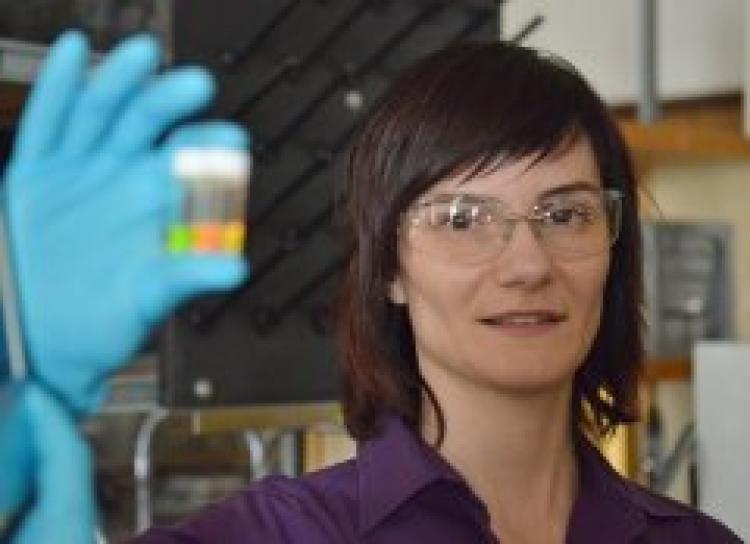Oct 30, 2022
19 Key Tips To Beat The Facebook Algorithm & Boost Your Reach [2022]“ data-gatsby-head=”true
Posted by Omuterema Akhahenda in category: information science
Why does Facebook constantly change its algorithm? I can never keep up.” “We’re the ones giving them money. Why are they always making it harder on us to get our content to our audience?” You’re not alone if you’ve ever asked either of those questions. For years, marketers and advertisers have been noticing changes to Facebook’s algorithm. Each time, these changes only seemed to hurt their organic reach and ad performance with Facebook marketing. Though the Facebook algorithm isn’t the only thing affecting the reach of your content, it is one of the most important. That’s why all marketers must stay up to date on the changes and updates as Facebook rolls them out.
Find out about changes to the Facebook algorithm, how it works, and take away 19 clever tips you can try today to outsmart the algorithm.


















